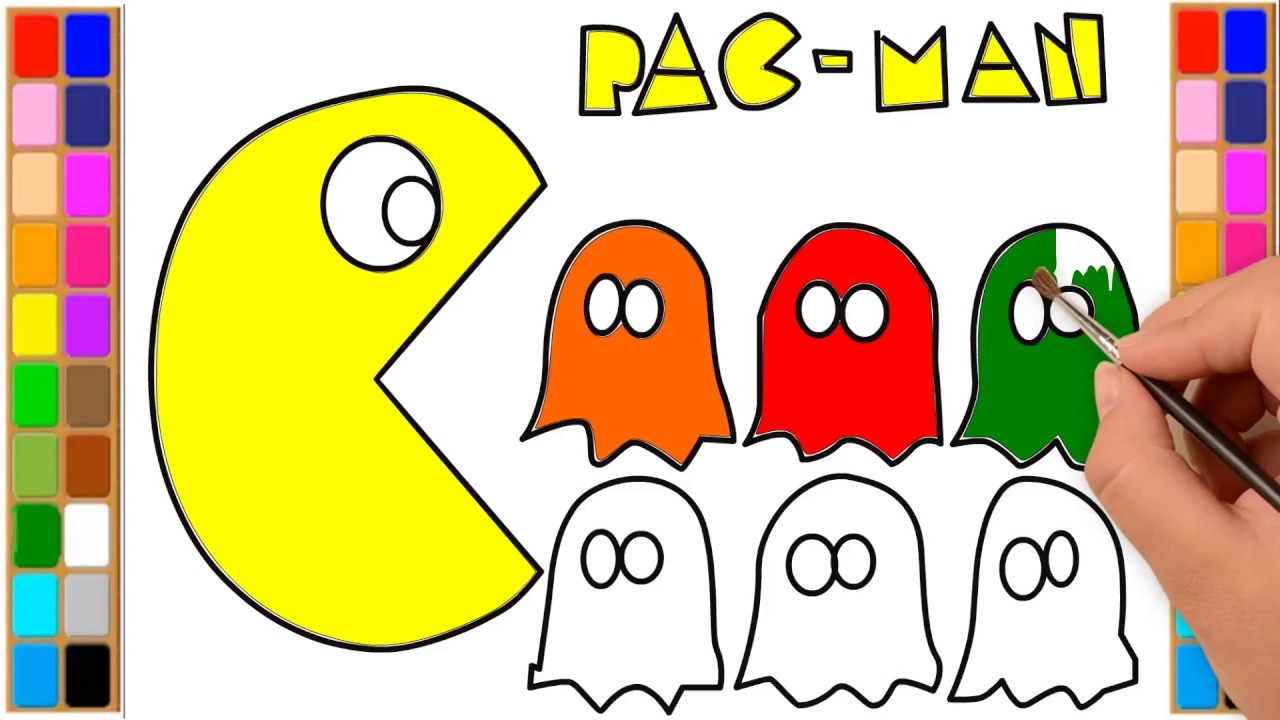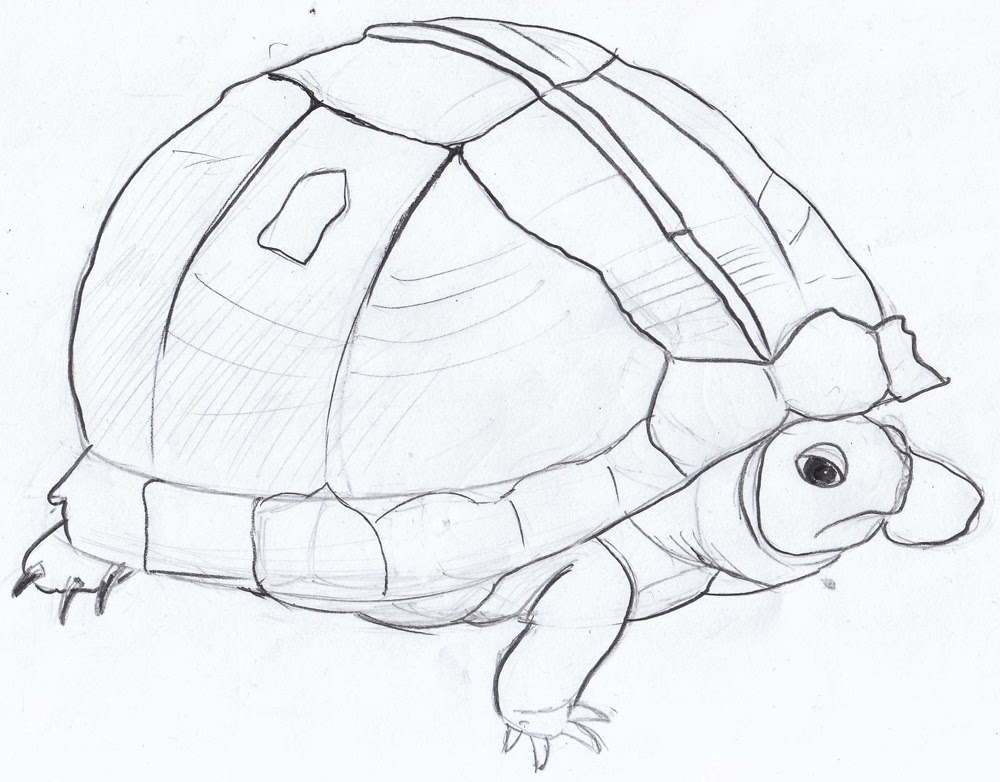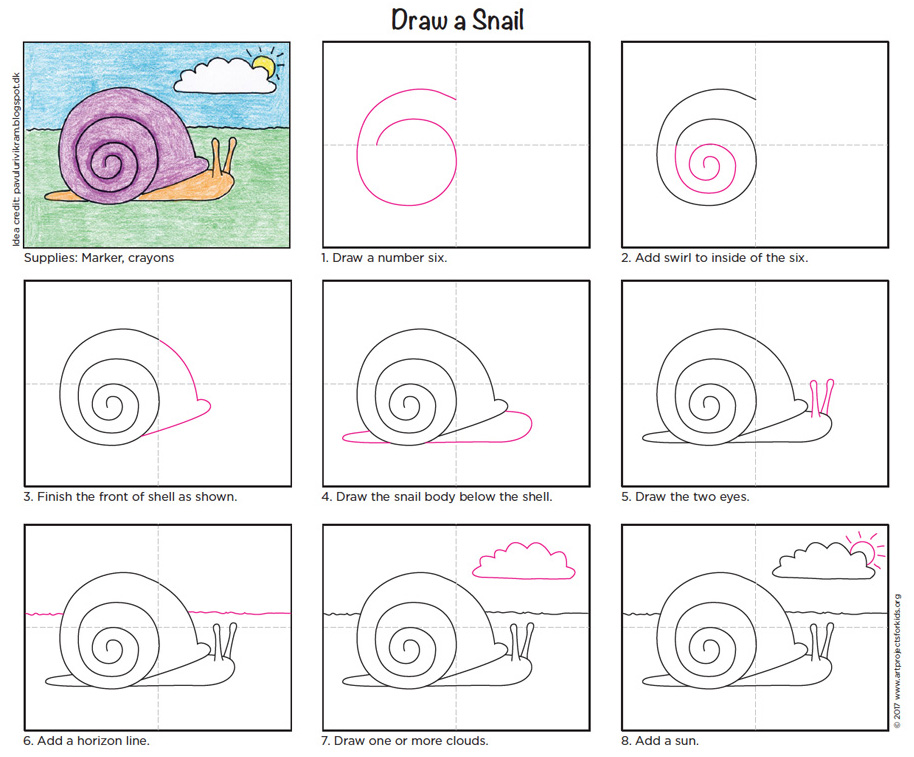Drawing sand stock image image of dream coast sunshine
Table of Contents
Table of Contents
If you’re an artist, you may want to add sand to your list of drawing subjects. Sand can be a beautiful and challenging subject to tackle, but it can be tricky to get right. In this post, we’ll go over some tips and tricks for how to draw sand like a pro.
The Difficulty of Drawing Sand
Drawing sand can be a difficult task for many reasons. One of the main issues is that sand is often seen as a featureless, homogeneous substance, but in reality, it can be very complex. If you want your sand drawings to look realistic, you need to account for the different textures, colors, and patterns found in sand. Additionally, sand can be challenging to represent in terms of light and shadow, which are crucial elements in creating a sense of depth in your drawing.
Answering How to Draw Sand
If you’re wondering how to draw sand, there are a few key things to keep in mind. First, observe real-life sand formations to get a feel for how sand behaves in the real world. Take note of the different colors and textures found in sand, and try to practice drawing different types of sand. Second, pay close attention to the lighting in your drawing. The way light interacts with sand can make a huge impact on how the sand looks. Finally, practice regularly to hone your skills and develop a better understanding of how to draw sand.
Summary of Points
When it comes to drawing sand, there are a few key things to keep in mind. First, it’s important to pay close attention to the different textures, colors, and patterns found in sand. Second, lighting plays a crucial role in creating depth in your drawing. Finally, regular practice is essential for improving your skills.
Texture in Sand Drawing
One of the most challenging aspects of drawing sand is capturing the texture accurately. Sand is full of different textures, from fine grains to rough pebbles. To add texture to your sand drawings, experiment with different drawing techniques, such as cross-hatching, stippling, and shading. By layering different techniques, you can create the illusion of depth and texture in your drawing.
Personally, I always begin by sketching the outline of my sand drawing in pencil. Then, I use a fine-tipped pen to add texture and more detailed lines. Finally, I go over the whole thing with a blending tool to smooth out any areas that need it. This method works well for me, but there are many other techniques to explore.
Light and Shadow in Sand Drawing
Light and shadow play a crucial role in creating a sense of depth and realism in sand drawings. Depending on the angle and intensity of the light, the sand can appear dramatically different. So, it’s essential to study the way light interacts with sand to make your drawings as realistic as possible. When drawing sand, take note of the shadows and highlights created by the light source, and use them to create depth in your drawing.
Specific Techniques for Light and Shadow
One way to add more depth to your sand drawing is to use a technique called hatching. Hatching is a technique where you draw lines in a specific direction to create shadows or gradients. By drawing lines in different directions and thicknesses, you can mimic the way light interacts with sand and create a more realistic drawing.
Coloring and Shading Techniques
To add even more depth and texture to your sand drawing, try blending and layering different shades of color. This can be achieved using colored pencils or pastels, each of which has its unique way of being blended. Additionally, you can use a white pen to add highlights to your sand drawing to emphasize the texture and depth.
Q&A: How to Draw Sand
1. What is the best way to draw realistic sand?
The best way to draw realistic sand is to observe real sand formations and take note of the different colors, patterns, and textures found in sand. Additionally, pay attention to the way light interacts with sand, and use techniques like hatching and shading to create depth and texture in your drawings.
2. How can I create the illusion of depth in my sand drawing?
The key to creating depth in your sand drawing is to use techniques like shading and hatching to create shadows and highlights. Additionally, layering different colors and textures can help create the illusion of a 3D surface.
3. What type of tools are best for drawing sand?
Tools like fine-tipped pens, colored pencils, pastels, and blending tools are all great choices for drawing sand. Experiment with different tools to find what works best for you and your drawing style.
4. How do I create texture in my sand drawing?
To create texture in your sand drawing, experiment with different drawing techniques like cross-hatching, stippling, and shading. By layering different techniques, you can create the illusion of depth and texture in your drawing.
Conclusion of How to Draw Sand
Drawing sand can be a challenging but rewarding task. By observing real-life sand formations and experimenting with different drawing techniques, you can create stunning sand drawings that capture the complex beauty of this often-overlooked subject. By paying close attention to lighting and texture, you can create the illusion of a 3D surface and make your drawings look more realistic. So, grab a pencil and try your hand at drawing sand today!
Gallery
How To Draw Realistic Sand | EHow
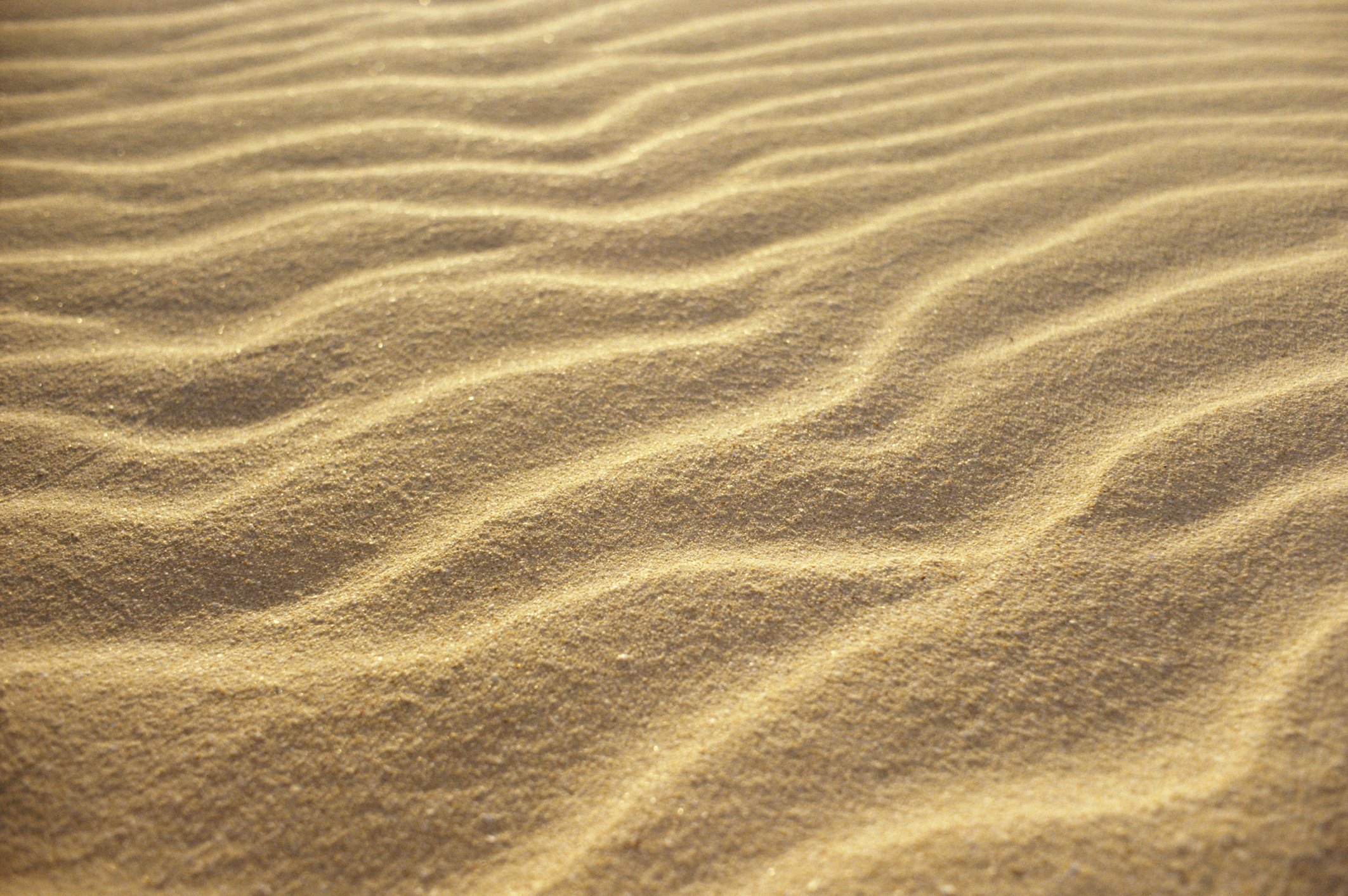
Photo Credit by: bing.com / sand draw realistic drawing texture drawn drawings arena dibujo desert pencil beach la ehow textura contours shading creates careful dynamic
Sand Drawing | Sand Drawing, Drawings, Sand

Photo Credit by: bing.com /
Drawing Sand Stock Image. Image Of Dream, Coast, Sunshine - 59522781

Photo Credit by: bing.com /
How To Draw Sand Step By Step - Easy Drawings For Kids - DrawingNow
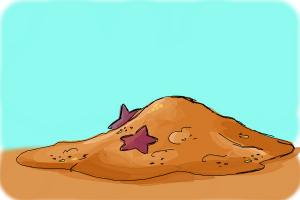
Photo Credit by: bing.com / sand draw dollar drawing easy kids drawings drawingnow step
Sand Draw Sketch: Best Drawing App For Kids & Creativity (2021) - YouTube

Photo Credit by: bing.com / sand draw drawing

